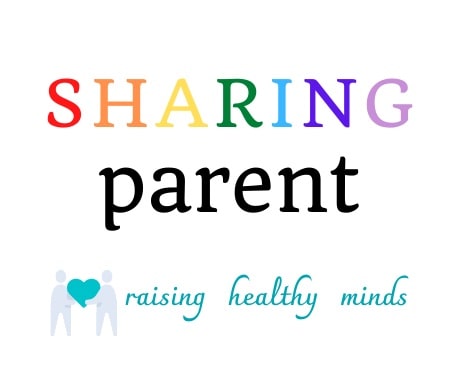New research reveals how kids develop an essential cognitive skill.
Reasoning is hard cognitive work. It’s what allows you to understand that if A is greater than B and B is greater than C, then A is greater than C. It lets you fill in the blank: a link is to a chain as a _____ is to a bouquet. (Answer: Flower, because the relationship is part to whole.) Reasoning improves as children mature. Many kids handle such cognitive challenges with relative ease by the end of high school when they take tests like the SAT or GCSEs. And reasoning skills are certainly required in the working world.
Until recently, however, we didn’t know very much about how this essential capacity develops in a child’s brain. Neuroscientist Silvia Bunge of the University of California, Berkeley has been steadily working on that question. In a 2017 study, Bunge and her colleagues showed for the first time that the wiring laid down in the brain by the time a child is six predicts the way her brain regions will communicate when she’s older and her subsequent ability to reason.
In previous brain imaging studies, Bunge’s group had found that two areas of the brain are particularly important for reasoning. One sits just above and to the side of the eyes. (For the technically minded, it’s the rostrolateral prefrontal cortex.) The other is farther back, roughly on the top of the head, above and behind the ears. (It’s called the inferior parietal lobule.) When children or adults were given a reasoning task, these two areas were active, talking to each other more closely. You’ll note that these areas are not next to each other. One of the hallmarks of higher order brain processing is that it requires communication across relatively distant stretches of brain.
Bunge and her team looked at these long-distance connections in the brain in two ways: structurally and functionally. Structural connectivity refers to the physical architecture that is built between brain regions (white matter through which signals travel along neuronal axons). Functional connectivity, on the other hand, describes the way those regions talk to each other when called on to figure out an SAT problem. It might seem surprising, but no one knew the order of events developmentally. Which came first: structure or function? No one had tracked kids over time. The new study, which collected data on more than 500 kids ranging in age from 6 to 22 (individual children were followed for a year or two) and appeared in The Journal of Neuroscience, makes the relationship clear.
Wiring in the brain is like cables laid for a bridge.
Think of the Golden Gate Bridge, Bunge explains. “The first thing that was built were the cables that stretch all the way across, connecting two points of land, just the way long-range axons, neurons, are connecting different parts of the brain.” Once the cables were laid down, the rest of the bridge could be built and eventually it was solid enough and wide enough for thousands of cars to travel across the span. “The cars . . .that is the communication between brain regions,” says Bunge, “they’re sending messages and information back and forth.”
Following children over time revealed that age six is the time of maximal growth in structural connectivity—the wiring is getting laid down. It’s also the time when there’s maximal growth in reasoning skills, which makes sense since kids are starting school and beginning to have to think about the world in new ways. At age thirteen, Bunge’s team found maximal growth in functional connectivity. The critical takeaway is that structure predicts both functional connectivity and reasoning. “It may be really important to lay down a good structure in childhood,” says Bunge.
So how do we help kids build the necessary neural architecture, the structural connectivity that will help their brains communicate and reason efficiently later on? Unfortunately, we don’t know that part of it yet, although Bunge feels there are some tantalizing possibilities. In an earlier study, she and her colleagues showed that children aged 7 to 9 who played reasoning games did show improvements in reasoning ability; reasoning can be trained, in other words. It may be that structural connectivity is just part of the natural maturation process, and it may be that attending school plays an important role (Stay tuned for a post on Bunge’s work showing how school affects the brain.) But Bunge and her colleagues do know something about what impedes the growth of structural connectivity: malnutrition, exposure to toxins, unstimulating environments, chronic stress, and so on. In other words, all the things that tend to go along with low socio-economic status.
It’s also too early to say whether there’s a critical period for developing reasoning skills, i.e. a window of opportunity for brain development that closes at some point. Even if there is, the window stays open a good long time. It’s not just in the first few years of life, says Bunge. “We’re talking about all throughout elementary school.”
In fact, Bunge has found that adults can improve their reasoning skills, too. Her team followed students taking a course to prepare for the law school admissions test (LSAT), which consists almost entirely of reasoning problems. The participants spent eight weeks in the course practicing those skills. While these young adults didn’t show as much connectivity change as children do, they did show changes in the brain and improvement in reasoning. So, in keeping with what we now know about brain plasticity in adults, it’s never entirely too late to improve your thinking.
If you like what you’ve seen or heard here, please share your thoughts and comment below. Also feel free to share this with other parents and become a part of the Sharing Parent community.
Original content sourced from: 11 Plus London. Article written by Lydia Denworth, published in PsychologyToday.com


Comments are closed.